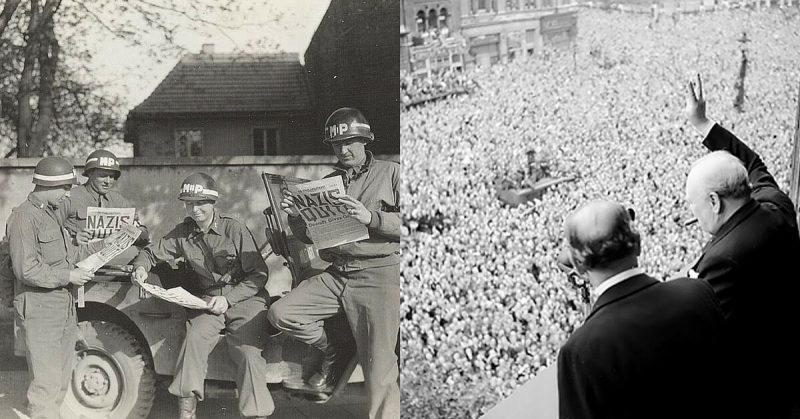Germany finally capitulated on May 8th, 1945, leaving Europe in ruins, but at peace once again. First, Alfred Jodl prepared the ground by signing the German Instrument of Surrender in Reims, France.
Everything halted the next day, when Karl Donitz, Reich president and the successor of Adolf Hitler, signed the surrender in Berlin. But the recoil of the war machine that was unleashed on September 1st, 1939, couldn’t be stopped that easily. Even though the war was officially over, some German troops surrendered weeks, and in some cases months, after the capitulation.
Some fought to reach the Allied lines out of fear of the Soviets’ fierce revenge, and others were cut off and didn’t exactly know what was happening. Some were fanatical to the end, tasting bitter defeat and facing death before dishonor. These are the clashes, skirmishes, and acts of surrender after the ceasefire.
Germany Year Zero
The 1st Day After Surrender
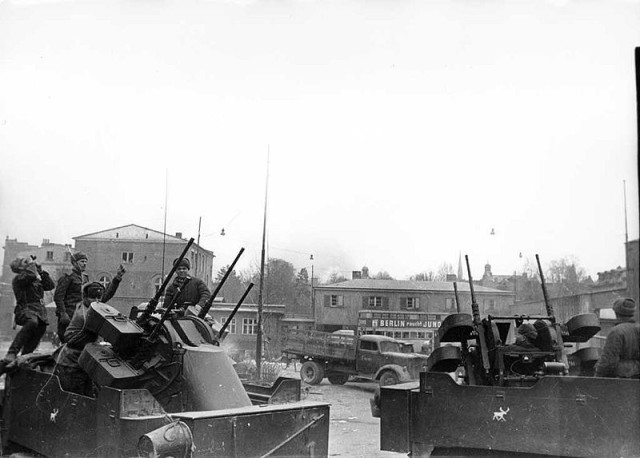
Thousands of German soldiers were still trapped behind enemy lines when the capitulation occurred. They knew that the Soviets would give them no mercy, as their victory was sacred and the crimes committed in the Motherland needed to be avenged. So they began their struggle to reach the Allied lines, hoping that they will give them a much easier treatment.
The coastal fortifications near the city of Danzig (Gdansk) were still manned by Germans, and they were now fighting not for the war effort of the Third Reich but for simple survival. It was not until they ran out of ammunition on May 9th that they surrendered to the Red Army.
Also, remnants of the German 4th Army which was utterly decimated in the Battle for the Heiligenbeil Pocket struggled against the Soviets throughout that day. Clashes on May 9th didn’t occur only in Soviet-occupied territories, but also on several Greek islands where isolated Germans surrendered day after the war was over. There are reports that some soldiers in Czechoslovakia resisted until May 13th.
The 6th Day After Surrender
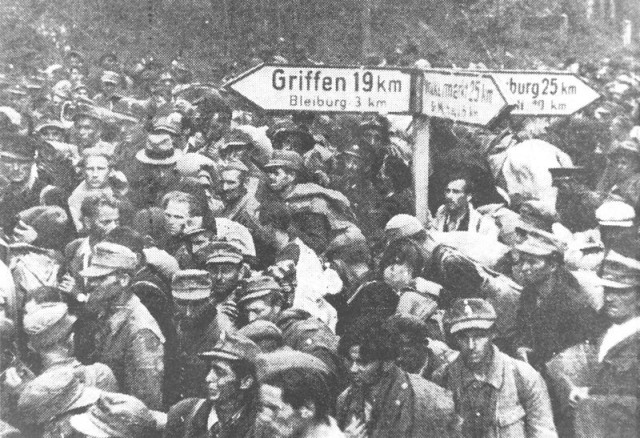
Meanwhile, large groups of the German Army headed from the Balkans to Allied-controlled Austria. They were followed by local collaborationists including Serbian Chetniks and Croatian Ustashe, who were all trying to reach the British and avoid execution by the partisans.
On May 14th, a pitched battle took place in Poljana in today’s Slovenia, as the Yugoslav partisans managed to catch up with the column of 30,000 soldiers on their way to Austria. The battle claimed more than 400 lives. The British refused to shelter the retreating Axis collaborationists, and they were forced back. Many of them were executed upon their return.
May 14th saw also saw the surrender of a German U-boat, U-234, that was headed to Japan on orders of the Fuhrer himself to deliver half a ton of uranium to its Eastern allies. On board, the submarine were two Japanese delegates who were hoping to reach home. It was not until May 10th that the news of surrender reached the submarine’s captain, Johann-Heinrich Fehler while they were in the middle of the North Atlantic.
The captain decided to turn his ship towards the US shores, estimating that the Americans were the best option for surrender, as he feared the British and the Canadians were imposing lengthier detention. Off the coast of Newfoundland, the U-Boat met the USS Sutton, whose captain accepted their surrender.
The Japanese delegates committed suicide before the surrender was agreed, for they refused to admit defeat and suffer the shame of a POW camp. The uranium seized from the submarine was possibly used in further developing the US atomic program.
The 8th Day
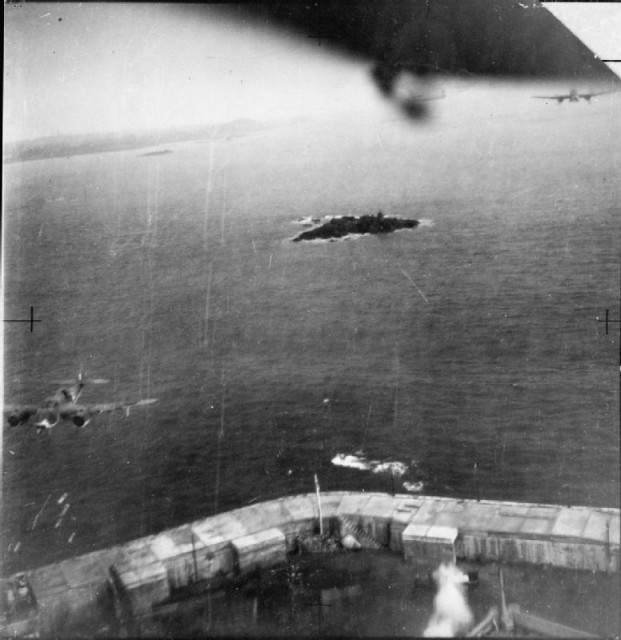
Churchill stated that the British Channel Islands, occupied by the Germans in 1940, be bypassed during the invasion of Europe in 1944. Due to their well-established coastal defense. He illustrated his statement with this quote: “Let ’em starve. No fighting. They can rot at their leisure.”
When Germany was defeated, the British took their time before reclaiming the Islands. The Wehrmacht remained in control of the islands until May 16th. They surrendered peacefully afterward.
The 12th Day
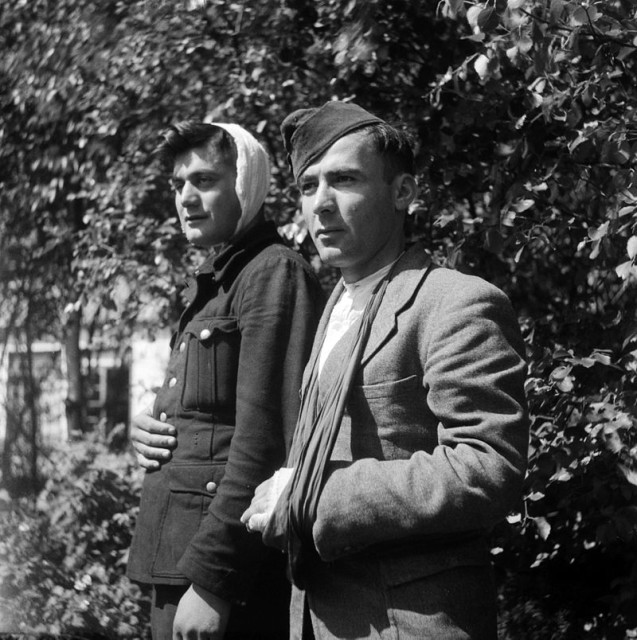
The last bloodshed of the Second World War happened during a mutiny on a Dutch isle of Texel. A battalion of Georgians that had been forced into conscription by the Germans rebelled.
The Georgians were initially sent as part of the Atlantic Wall defense force but decided to take up arms against the Germans on April 5th, 1945, in an attempt to free themselves of forced service. The leader of the rebellion was Shalva Loladze who was assisted by the Dutch resistance. During the night, an 800-strong Georgian force slaughtered many of the sleeping German soldiers with bayonets.
The remaining guards were killed shortly afterward. The island also included several coastal batteries that guarded it against a naval offensive. As soon as the word of mutiny was out, the German batteries started pounding on the suspected rebel positions. More than 2,000 troops were sent to punish the treacherous Georgians, who were subsequently captured, forced to dig their own graves, remove their German uniforms and executed.
The ones who survived hid among the Dutch population and were hunted down after the ceasefire. The main cause for the mutiny that took place on Texel was an expected Allied invasion, but that didn’t occur until May 20th. About 565 Georgians, 812 Germans, and 120 Dutch citizens died during the insurrection.
Afterward, the surviving Georgians were returned to the Soviet Union where they were tried as traitors. Later, as the regime softened and took a different political stand after the death of Stalin, they were rehabilitated, and some of them were even declared (posthumously) Heroes of the Soviet Union. This was the last battle of the Second World War.
The 101st Day
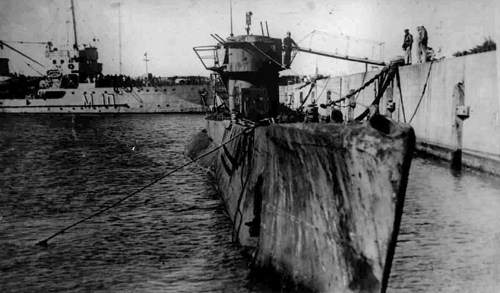
On May 2nd, when the Reich was preparing for its inevitable defeat, a young U-Boat captain was sent on a suicide mission to Britain. His name was Heinz Schaffer, stationed on the U-977 in Norway. Instead of setting the course for Portsmouth Harbor, where he was ordered to knock as many British ships he could, he decided to reach Argentina and ask for a political asylum, like many of his Nazi comrades.
He and his crew embarked on a voyage that lasted for 117 days, 66 of which they spent submerged. When they finally arrived in Argentina, on August 17th, instead of receiving amnesty, they were handed over to the US Army, with the U-Boat as a souvenir. Schaffer eventually returned to Germany and wrote about his experience in a book titled “U-977 – 66 Days Under Water.”
The 112th Day
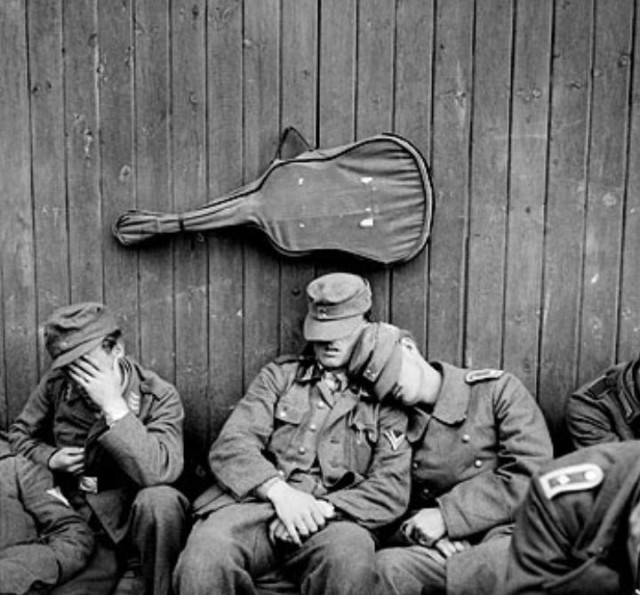
The last German troops of WWII to put down their arms surrendered to a group of Norwegian seal hunters on the remote Bear Island in the Barents Sea on September 4th, 1945. This happened four months after the official armistice in Europe and two days after the unconditional surrender of Japan.
The small detachment had been sent to the distant Arctic outpost to establish a weather station sometime late in the war. Having lost radio contact with headquarters in May, they didn’t know what was exactly happening in the rest of the world. Needless to say, they gave up without a fight.
At this point, it is also appropriate to mention the Japanese soldier, Hiroo Onoda, who surrendered in 1974, almost 30 years after the end of the war.
